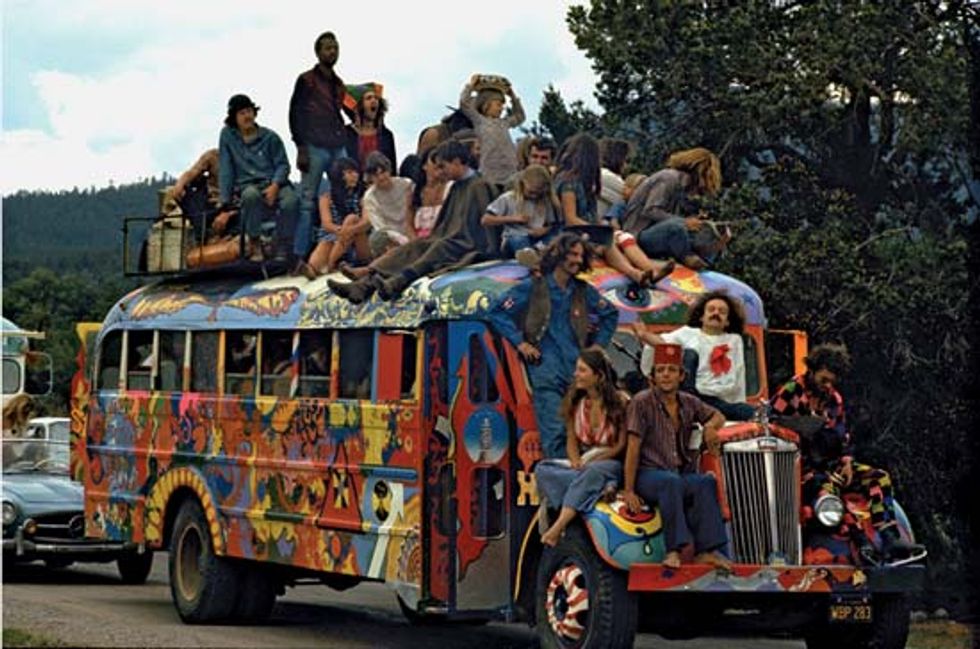I have read too many articles where people are quick to start comparing today’s hipster culture with that of the hippie subculture of the 1960s and 1970s. Claims follow that MDMA is the new marijuana, weed itself is being legalized, raves replaced Woodstock, the civil rights movement is now the LGBT/feminism fight for equality and that overall, kids today are just more accepting.
While these things may be true, simply replacing an aspect from today and making the conclusion that hipsters must be like hippies is completely false. First, let’s define some terms.
Probably the most important yet least clear term to define is hipster. What the hell is a hipster? I reached out on social media asking people to define hipster, and almost all the responses sounded the same.
“Hipsters suck.”
“You can buy the hipster look and simply follow a trend.”
“Hipsters are the ultimate posers.”
Despite countless responses, no one could tell me what an actual hipster was. In a Huffington Post article entitled "Who's a Hipster?" Julia Plevin argues that the "definition of 'hipster' remains opaque to anyone outside this self-proclaiming, highly-selective circle." Essentially, even hipsters don’t call themselves hipsters, because that’s not very hipster-like.
But let’s be honest, we know hipsters to be the over-trendy, rave and indie music die-hards (weird combination) living in gentrified neighborhoods sporting Coachella tickets and a selfie-snapping iPhone. Wanting to appear non-mainstream, most hipsters are liberal and have a disregard for social norms.
So what does all this mean, and what does it have to do with hippies? Ultimately, the hipster culture is one of modern design. Without the availability of technology and social media, hipsters wouldn’t have a way to “share” all their unique experiences with the world. And that’s where the road splits where hippies are concerned.
Hippies lived in a generation where they believed in people. They loved one another and lived happily among the company of others. People are what brought everyone together with the connection of sharing in real life. In the Haight-Ashbury district during the Summer of Love, clothes and food were distributed and traded for free. There was no Urban Outfitters standard.
What compelled the small number of true hippies was a mantra of non-violence, peace and free living. The outside world wasn’t going to change their views; if anything it would strengthen them. With hipsters, the world keeps everyone in line, setting the standard everyday for what’s cool and new and trendy.
Despite these differences, the two groups are similar. For both cultures (I’m sorry, but hipsters are not a subculture), they seek an identity. Whether it’s love, drugs, community, music, raves, trendy clothes or expensive festivals, each culture gives its society meaning and value. Even if the hipsters are a little too self-interested for me, what they find in their community makes them happy and gives them purpose. Who are we to take that away from them?
Hipsters may be the norm today, which is why I don’t classify them as a subculture, but I don’t think that’s a bad thing. While it’s easy to express how different and raw the hippies were, hipsters shouldn’t have to compare to their standard. It’s not about comparing and judging and matching everything up, it’s about being happy and living out your life for your own existence. No one should tell you how to be.
As history progresses, we have a clearer view on how things were after the fact. I feel that hipsters will actually have a positive impact on the world. I mean, gay marriage AND marijuana is legal (in some places). Shouldn’t we be proud of that?
NOTE: A special thanks on this article to Meghan Lynch, Nathan Hammer, Melanie Kiebuzinski and Yinyin Liao for offering quotes, insights, and challenging my cynical views on Hipsterdom. Much appreciated.






















